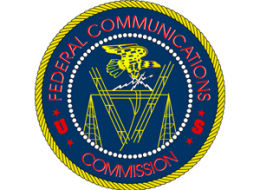FCC NPRM Draft: Repacked Stations to Retain at Least 98% of Coverage Area

By John Eggerton
According to FCC sources, the draft framework for spectrum incentive auctions assumes that the repacking model it adopts will result "generally" in less than a 2% loss of coverage are for stations that are moved or consolidated to free up spectrum for auction.
By statute, the FCC must make all reasonable efforts to preserve coverage areas and interference protections for stations that opt to retain some or all of their spectrum.
While the language could change between now and the planned Sept. 28 vote on the notice of proposed rulemaking, the item currently anticipates, based on the FCC's experience with moving and repacking stations for the 2009 DTV transition, that the move will "generally impact less than 2% of a station's coverage area," although it does seek comment on that.
While a more detailed model of the auction design, an appendix to the notice, is still forthcoming -- look for that to be circulated to all the commissioners this week, said one of the sources speaking on background -- the model for the broadcaster reverse auction is a "reverse clock" proposal. In that model, the FCC will ask: "Who is willing to give up spectrum for $1 million, who's in for $900,000?" and so on, until it gets to the lowest bid. Even if there are several broadcasters who stay in until that lowest bid, they won't necessarily get a payout since the FCC will have to decide through its repacking optimization model which stations make the most sense.
Multichannel Newsletter
The smarter way to stay on top of the multichannel video marketplace. Sign up below.
